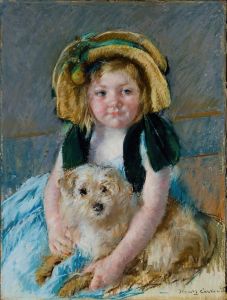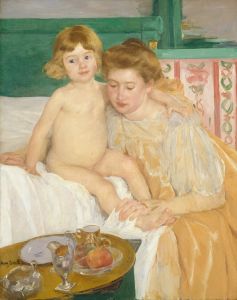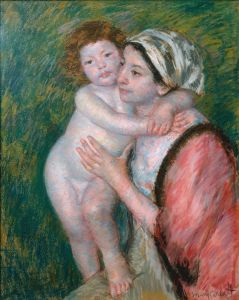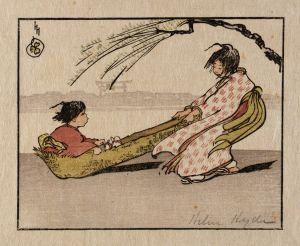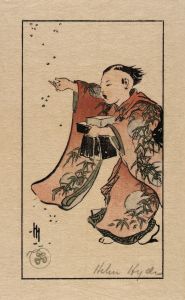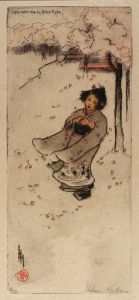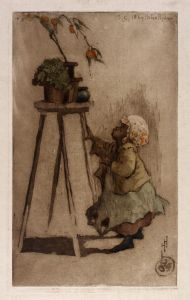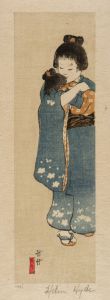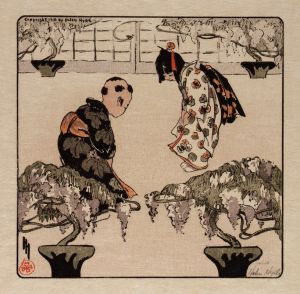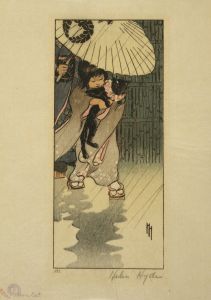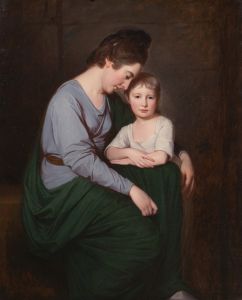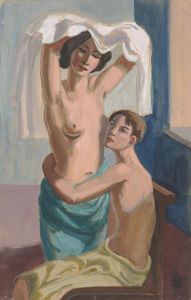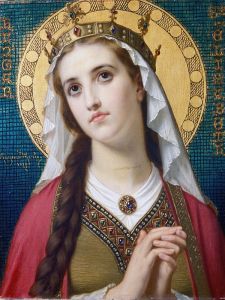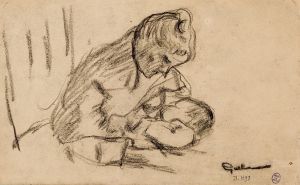
Mother and Child
A hand-painted replica of Helen Hyde’s masterpiece Mother and Child, meticulously crafted by professional artists to capture the true essence of the original. Each piece is created with museum-quality canvas and rare mineral pigments, carefully painted by experienced artists with delicate brushstrokes and rich, layered colors to perfectly recreate the texture of the original artwork. Unlike machine-printed reproductions, this hand-painted version brings the painting to life, infused with the artist’s emotions and skill in every stroke. Whether for personal collection or home decoration, it instantly elevates the artistic atmosphere of any space.
Helen Hyde (1868–1919) was an American artist known for her work in printmaking, particularly her color woodcuts, which often depicted scenes of everyday life in Japan. One of her notable works is "Mother and Child," which exemplifies her unique style and the influence of Japanese art on her work.
Helen Hyde was born in Lima, New York, and grew up in San Francisco, California. She studied art in the United States and Europe, but it was her time in Japan that had the most significant impact on her artistic development. In 1899, Hyde traveled to Japan, where she became deeply influenced by the traditional Japanese woodblock printing techniques and the ukiyo-e style. She studied under the guidance of Japanese artists such as Kano Tomonobu and learned the intricacies of Japanese printmaking.
"Mother and Child" is a reflection of Hyde's fascination with Japanese culture and her ability to blend Western and Eastern artistic traditions. The artwork showcases her skill in capturing intimate and tender moments, a theme that recurs throughout her body of work. The piece typically features a Japanese mother and her child, depicted with delicate lines and a harmonious composition that emphasizes the bond between the two figures.
Hyde's work is characterized by its attention to detail, use of vibrant colors, and the incorporation of Japanese aesthetics. Her prints often feature elements such as traditional Japanese clothing, domestic settings, and natural landscapes, all of which are evident in "Mother and Child." The piece is a testament to her ability to convey emotion and narrative through the medium of woodblock printing.
During her career, Helen Hyde gained recognition for her contributions to the arts, particularly in the field of printmaking. She was part of the Arts and Crafts Movement and was instrumental in popularizing Japanese-style prints in the United States. Her works were exhibited widely, and she received numerous accolades for her artistic achievements.
Hyde's legacy is marked by her role in bridging cultural gaps through art. She was one of the first Western artists to adopt Japanese printmaking techniques and integrate them into her work, paving the way for future artists to explore cross-cultural influences. Her prints, including "Mother and Child," continue to be appreciated for their beauty, technical skill, and cultural significance.
Today, Helen Hyde's works are held in various collections and museums, reflecting her enduring impact on the art world. "Mother and Child" remains a poignant example of her ability to capture the essence of human relationships and the beauty of everyday life through the lens of Japanese art.





